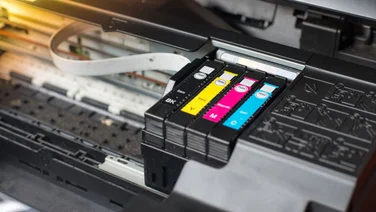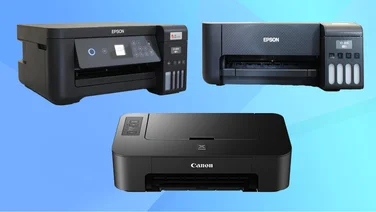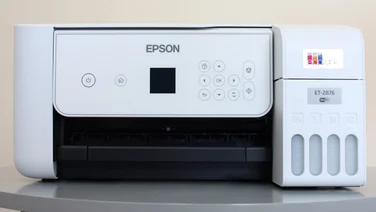To help us provide you with free impartial advice, we may earn a commission if you buy through links on our site. Learn more

The Z280 is a good reminder of how much the camera market has changed in recent months. With its 12-megapixel sensor, slinky, brushed aluminium body, wide-angle lens, optical image stabilisation and HD video mode, its sub-£150 price is remarkable. Its video capabilities are particularly impressive, capturing 720p HD video at a film-like 24fps, and with high-quality sound recorded at the same 44.1kHz sample rate used by audio CDs. With a dedicated video button, there’s no need to switch modes when jumping from stills to video capture. Video clips were sharp and well exposed but darker areas were noisy, even when shooting outdoors. Sadly, the Z280 is less successful when it comes to taking photos. It’s painfully lethargic, taking an average of 4.4 seconds between shots in normal use, rising to 6.1 seconds when using the flash. The continuous mode ran at 0.3fps – that’s more than three seconds between each photo, and hardly constitutes a continuous mode at all. However, an alternative mode, labelled High Speed CS, offers some compensation by capturing eight 2-megapixel shots at 3.8fps. Our image quality tests revealed further problems. Outdoor shots in bright light were generally impressive, but the lens produced chromatic aberrations in the corners of frames, resulting in indistinct details and halos of discoloration around high-contrast lines. Even at the lowest ISO speed of 64, quite a lot of noise was visible, particularly around sharp details where the digital noise reduction appeared to be struggling to distinguish details and noise from each other. Worst of all were photos taken indoors, with flailing noise reduction leading to grubby photos with barely any fine details. Colour reproduction was excellent when shooting under artificial light, but by this point it was too late to salvage a good report for image quality.
The Z280’s specifications and price are tantalising, but by struggling in two of the most important areas – image quality and performance – no number of impressive features would be enough to compensate.





